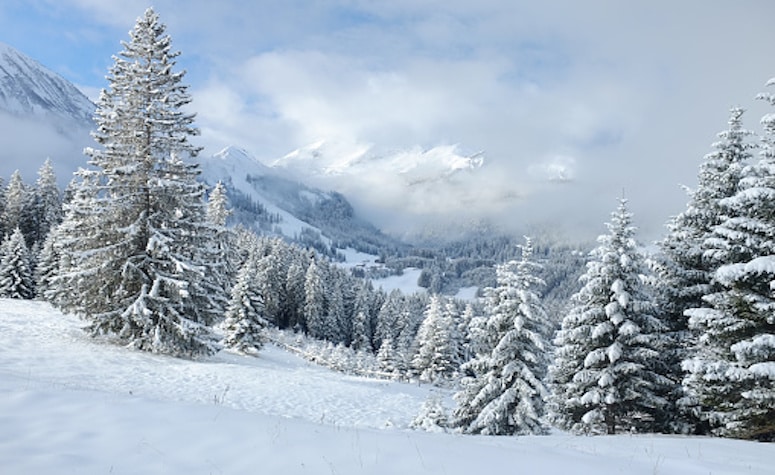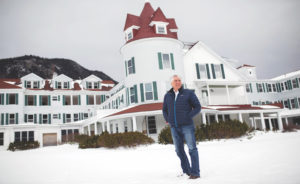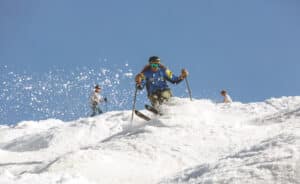
The French citizens who have shaped the ski world include Jean-Claude Killy, Marielle and Christine Goitschel, and Émile Allais. But the one whose legacy concerns us the most is the 15th century French poet Francois Villon. He was the one who asked where were the snows of yesteryear.
Throughout New England the snows of yesteryear are part of the region’s folklore. None of us remembers the Great Snow of 1717 or the Blizzard of 1888, but the great storms of 1977, 1993, 1997 and 2003 are well within contemporary memory. More recently, the storms of 2013 and 2015 remain vivid in the region’s consciousness.
Indeed, snow is part of New England’s identity. Every anthology of Maine writing includes excerpts from snow-encrusted memoirs. Few political reports from the first-in-the-nation presidential primary omit some reference to White House contenders trudging through the “snows of New Hampshire.” The haunting strains of one of Dartmouth College’s most poignant anthems speaks of “long white afternoons,” and another of the college’s songs speaks of the “snow drifts deep along the road.” The fictional town of Pine Tree, Vermont, is the setting for the classic 1954 film “White Christmas.” No student in New England can escape middle school without being exposed to a poem that speaks of stopping by the woods on a snowy evening. For gosh sakes, our most famous poet’s last name was Frost.
But, truth to tell, we know — we read this, we experience this — that the winter sport of skiing is in danger. We may dream of a White Christmas, but they are more of memory than of the current moment. The woods may be lovely, dark and deep but increasingly they are brown, not white.



